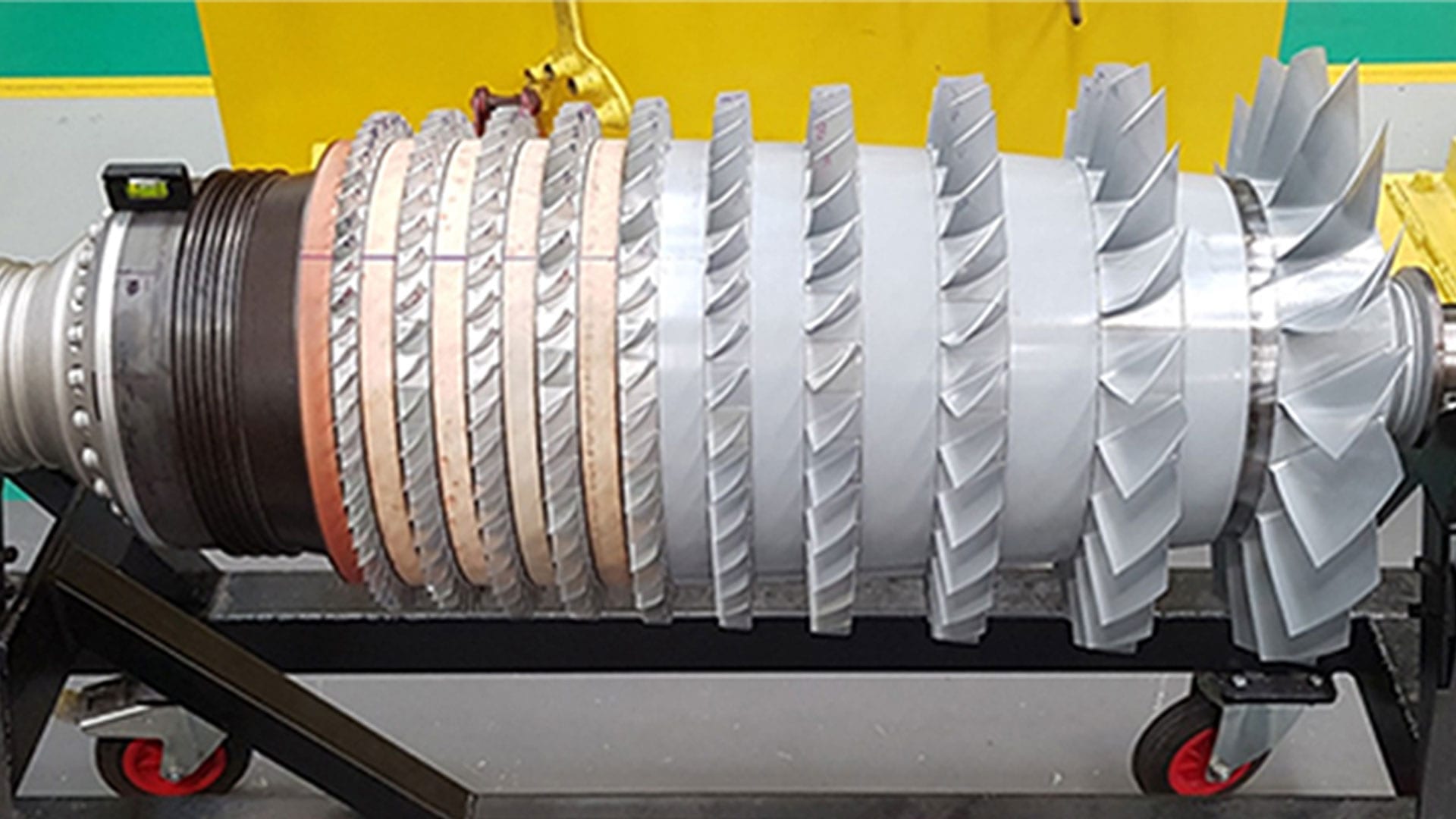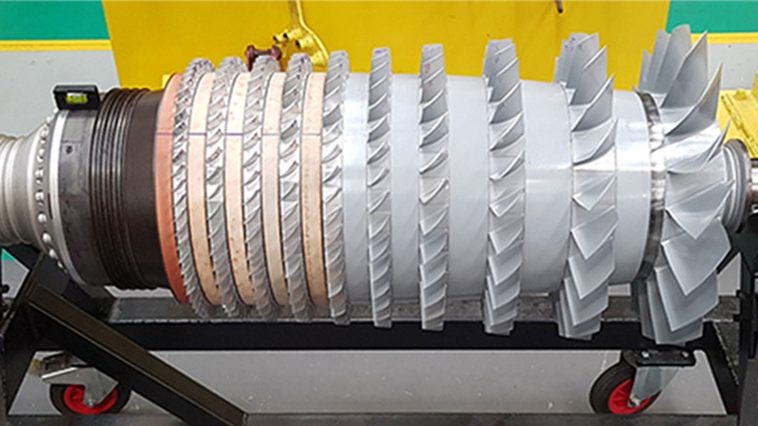
Digital Verification: The Backbone of Online Security in a Rapidly Evolving Business Landscape
The digital era has ushered in an age of constant connectivity and instantaneous verification. When we see a seemingly simple message like “Verifying you are human. This may take a few seconds,” it barely scratches the surface of the extensive systems working in the background. In today’s business world—from small businesses and industrial manufacturing to the automotive sector and electric vehicles—maintaining security isn’t just about protecting data. It’s about ensuring smooth operations, compliance with business tax laws, and mastering the art of modern marketing. This editorial takes a closer look at digital connection security as exemplified by services like Cloudflare, and its tremendous effect on various industries and economic news.
At its core, the process of connection verification is a testament to today’s complicated pieces of online security. When Cloudflare, for instance, reviews your connection before allowing access to a website, it acts as a gatekeeper, ensuring that you are a genuine user and not an automated bot. While the message that appears might seem like a mere formality, it embodies a series of behind-the-scenes checks that keep online interactions safe. In this editorial, we will dig into the mechanics and broader implications of these checks, and examine how they intersect with critical aspects of business operations and economic trends.
How Cloudflare’s Verification Process Impacts Digital Business Operations
Cloudflare’s security verification process is not merely an intimidating hurdle to cross before accessing a webpage; it is a carefully calibrated system designed to protect websites and their users. The system works by analyzing elements such as the user’s IP address and other connection details, making sure that the connection is legitimate. This process, while sometimes perceived as nerve-racking for the end user, actually helps prevent spam, cyber-attacks, and unauthorized transactions.
For small businesses, particularly those that rely on online commerce, this layer of protection offers a super important safety net. When a website like aerospaceglobalnews.com triggers a verification, it is making sure that the information passed between the site and the visitor is valid and secure. In a world where even seemingly trivial breaches can evolve into full-blown crises, Cloudflare’s system plays a key role in ensuring that digital commerce remains robust and trustworthy.
Security Verification in the Age of Industrial Manufacturing
Industrial manufacturing has traditionally been associated with physical production lines and rigorous labor processes. However, with the rise of Industry 4.0, digital interfaces and online systems have become integral to modern production. Companies in this realm are increasingly dependent on secure, real-time data transfers that keep manufacturing processes running smoothly.
By securing digital transactions and communications, verification systems help mitigate the tangled issues that come with cyber threats. For instance, a manufacturing plant engaged in smart production must figure a path through countless interconnected devices and systems. Each interface, whether it’s a sensor or a digital control panel, is a potential entry point for cyber threats. Verification systems ensure that each device interacting with the network is recognized as secure.
- Real-time data synchronization
- Protected communications in supply chain management
- Secure remote access to production lines
This added layer of security is particularly relevant when dealing with legacy systems that might be loaded with issues. Companies must work through these challenges by adopting modern verification protocols to ensure that the fine points of connectivity remain uncompromised even as manufacturing practices evolve.
Automotive Cybersecurity: Ensuring Safe Roads through Digital Safeguards
The automotive industry is another area where digital verification has become super important. With vehicles now being equipped with sophisticated onboard computers and connectivity systems, the need to ensure secure data exchange is expanding. Modern vehicles are increasingly dependent on digital networks—whether for navigation, infotainment, or even remote diagnostics. As a result, ensuring that these networks are free of confusing bits or potential threats has become a priority.
Automotive manufacturers are therefore adopting verification processes similar to Cloudflare’s to minimize unauthorized access and cyber intrusions. These protective measures help in preventing fraudulent operations and ensuring that the software running a vehicle is verified for authenticity. The role of digital verification extends not only to consumer-facing services but also to the backend systems that manage traffic data and in-car security updates.
Below is a table summarizing the challenges and solutions related to cybersecurity in the automotive industry:
| Challenge | Potential Threat | Digital Verification Solution |
|---|---|---|
| Unauthorized remote access | Cyber intrusions into vehicle systems | Strict IP and device authentication protocols |
| Data interception | Hijacking of in-car data streams | Encrypted data transmission and verification tokens |
| Firmware manipulation | Installation of malicious updates | Secure update protocols including multi-step verification |
As vehicles become part of the vast network of IoT devices, these security measures are not just an option—they are a must-have requirement for ensuring driver and passenger safety.
Electric Vehicles and the Need for Robust Software Security
Electric vehicles (EVs) represent a groundbreaking shift in automotive design and environmental strategy. However, with innovation come unpredictable twists and turns, especially in software management and network security. EVs often rely on over-the-air updates and interconnected systems that must be constantly verified to ward off potential breaches. This is where the verification process proves indispensable.
EV manufacturers are increasingly incorporating advanced cybersecurity measures to protect their vehicles. These measures include automated identity checks, data encryption, and real-time monitoring systems that punch holes through the potential distractions caused by malicious coding attempts. In practice, when an EV’s system checks for an update, it must quickly figure a path through a labyrinth of signals and data. Just as Cloudflare verifies access to a website by checking connection viability, EV firmware must verify that its updates come from a legitimate source.
The application of secure verification methods in EVs is also evolving alongside broader regulatory and economic trends. Governments are enacting regulations that require higher standards of cybersecurity in transportation systems, which means that every digital handshake between the vehicle and a service provider has to be meticulously inspected.
How Secure Verification Enhances After-Sales Services
One aspect of the EV ecosystem that merits special attention is the after-sales service model. EV owners often rely on remote diagnostics and software updates to maintain vehicle performance. Secure digital verification ensures that these connections between the vehicle’s system and service centers remain safe and reliable.
When a vehicle accesses a service hub, its credentials are verified in a process that involves multiple steps. Consider these bullet points outlining key aspects of the process:
- Initial authentication via device credentials
- Subsequent validation using secure tokens
- Verification of update packages before installation
This systematic approach minimizes the chances of over-the-air update tampering or intrusion by malicious entities. It also shows that layering security protocols can help manage the little twists that come with digital communications, ultimately safeguarding both the manufacturer and the consumer’s investment.
Business Tax Laws and Their Influence on Digital Security Practices
The intersection of business tax laws and digital security may not seem obvious at first glance. However, for many companies, particularly those operating on tight margins such as small businesses, compliance with tax laws is deeply intertwined with cybersecurity protocols. Secure verification processes help companies ensure that they meet data protection standards required by law, thus preventing tax-related penalties or liabilities.
For instance, certain jurisdictions mandate that companies protecting financial data must implement stringent verification mechanisms. Taking a closer look at these tax implications, digital safety is often cited as an essential component in qualifying for tax credits or deductions aimed at supporting cybersecurity initiatives.
Companies benefit from understanding that secure digital practices help to reduce cases of fraud, which in turn can signifiably lower costs incurred during tax audits and compliance checks. Below is a summary of how digital verification aligns with necessary business tax protections:
| Aspect of Digital Verification | Tax Law Implication | Benefit |
|---|---|---|
| Encrypted communication channels | Data protection and compliance requirements | Potential eligibility for cyber-security tax credits |
| Real-time monitoring | Risk management and reduction of fraud | Lower audit costs and reduced tax liabilities |
| Multi-factor authentication | Enhanced verification for financial data transactions | Improved trust in digital financial reporting systems |
The benefits of such practices extend beyond the immediate business environment. By reducing vulnerabilities, companies not only protect their business operations but also contribute to a more stable and predictable economic landscape. In effect, digital verification and robust cybersecurity measures become integral in addressing several full-of-problems challenges faced by businesses today.
The Marketing Edge: Using Cybersecurity as a Differentiator
In the modern age, where trust is a key currency, a robust digital verification system can serve as an effective marketing tool. It may seem off-putting at first, but when consumers understand that behind every secure connection there’s a layer of advanced verification, their confidence in a brand grows. This is especially relevant in highly competitive sectors like small business retail, automotive, and even industrial manufacturing.
Marketing professionals are increasingly highlighting the secure nature of digital interactions as a way to differentiate their offerings. For example, a company that can claim to have state-of-the-art cybersecurity measures by verifying every connection is tapping into a super important consumer concern—trust. By effectively communicating the benefits and advantages of their digital security approach, businesses can attract customers who value safety and reliability.
Here are some tactics companies use to incorporate digital security into their marketing messages:
- Using testimonials that emphasize the reliability of their secure systems.
- Publishing detailed case studies showcasing how digital verification prevented significant security breaches.
- Featuring infographics that explain the verification process in layman’s terms.
These methods help clarify the once confusing bits of cybersecurity into accessible, consumer-friendly benefits. In advertising campaigns, the focus is often on how secure transactions and protected data not only safeguard personal information but also enhance user experience. This approach effectively turns what might be considered a technical hurdle into a marketable advantage that reassures potential customers.
Building Trust Through Transparent Security Practices
Transparency in security practices is another critical factor that builds consumer trust. Customers appreciate when companies take the time to explain their measures to protect sensitive data. Whether it’s through blog posts, press releases, or detailed FAQs on corporate websites, communicating the benefits of digital verification helps demystify hidden complexities and makes the process feel more approachable.
Companies that choose to actively discuss their cybersecurity protocols can use the following ideas to promote transparency:
- Explainer Videos: Short videos that demonstrate how verification steps work, making the process clear and digestible.
- Infographics: Visually appealing diagrams that show the step-by-step journey of a data packet from the user to the server.
- Webinars: Interactive online sessions where security experts answer questions and explain the key parts of their digital verification processes.
Ultimately, by taking the wheel in explaining these measures, businesses not only bolster their cybersecurity stance but also improve their overall brand image. Customers become more comfortable knowing that every interaction with the company is safeguarded by trusted verification methods that work diligently in the background.
Economic News and the Role of Cybersecurity in Business Stability
The economic landscape today is riddled with tension, partly due to the rapid evolution of digital technologies and the challenges inherent in keeping these systems secure. In this environment, cybersecurity has emerged as a cornerstone of business stability. Economic news often highlights data breaches and hacking events, which can have wide-reaching implications for national and global economic health.
Robust verification systems help stabilize economic conditions by reducing the frequency and impact of cyber incidents. When businesses, especially those in vital sectors like manufacturing and automotive, secure their digital connections, the ripple effect is felt in reduced financial losses, improved consumer confidence, and even better stock market performance. This interplay of digital verification and economic outcomes is a reminder that modern security protocols are not just technical necessities—they are essential for broader economic stability.
In fact, the economic benefits of robust cybersecurity measures can be broken down into several key areas:
- Reduced Operational Downtime: When security breaches are prevented, operations can continue smoothly without disruptive interruptions.
- Lower Insurance Premiums: Firms that demonstrate strong cybersecurity are often eligible for reduced premiums from insurers.
- Enhanced Investor Confidence: Transparent and secure digital practices can improve investor sentiment and encourage long-term investments.
Each of these benefits not only supports the bottom line but also contributes to a more resilient economic framework, particularly in times when even small disruptions can have outsized impacts. By appreciating the economic dimensions of digital verification, companies can better align their cybersecurity investments with broader financial strategies.
Future Perspectives: Trends in Digital Verification and Cybersecurity
Looking ahead, the interplay between digital verification and online security is poised to grow ever more sophisticated. As threats evolve, so too must the methods we use to counter them. New technologies such as artificial intelligence, machine learning, and blockchain are already beginning to influence the way verification processes are implemented.
For instance, AI-powered systems are able to figure a path through increasing amounts of data faster than traditional methods. These systems can identify subtle details that might be overlooked by manual checks—making the verification process even more foolproof. Machine learning algorithms, on the other hand, continuously improve by analyzing previous authentication attempts, allowing systems to better predict and prevent potential breaches.
Blockchain, with its inherent transparency and decentralized nature, could also reshape how digital verification is performed. By ensuring that every access request is recorded on an immutable ledger, blockchain adds an extra layer of accountability that can help reduce fraud. Such advances promise to address the tiny twists and turns that challenge even the most advanced security systems today.
Embracing Technological Advancements in Verification Systems
Companies across all sectors—whether small businesses trying to secure a single online transaction or multinational automotive firms safeguarding entire digital ecosystems—must remain adaptable. As technology evolves, it is essential to integrate new verification systems that can seamlessly interface with legacy infrastructure. The key lies in adopting solutions that are both reliable and flexible.
Below is a bullet-point list highlighting some emerging trends that are likely to shape the future of digital verification:
- Adoption of biometric authentication methods to complement traditional systems
- Integration of AI-driven threat detection and response mechanisms
- Implementation of decentralized identity management systems using blockchain
- Expansion of multi-factor authentication to include contextual and behavioral analyses
- Increased collaboration between tech firms and regulatory bodies to standardize security protocols
Each of these trends represents an effort to work through the remaining challenging bits and fine shades of modern cybersecurity. As new threats emerge, the importance of staying current by investing in advanced verification measures becomes even more pronounced.
Concluding Thoughts: The Future of Secure Digital Interactions in Business
In conclusion, the brief message we see online when accessing a website—“Verifying you are human”—is a window into a vast, meticulously engineered verification mechanism. Whether it’s Cloudflare ensuring that your visit to a site like aerospaceglobalnews.com is legitimate, or sophisticated security protocols protecting data in automotive, industrial manufacturing, and electric vehicle sectors, the backbone of digital security remains robust and ever-evolving.
This editorial has taken a closer look at how digital verification processes improve operational efficiency, protect sensitive financial data relevant to business tax laws, enhance marketing strategies, and even contribute to economic stability. It is clear that in today’s interconnected world, ensuring secure digital interactions is not just a technical challenge—it’s a cross-industry requirement that supports growth, trust, and sustainability.
By understanding and appreciating the security checks that happen every time a webpage loads, businesses can figure a path forward that ties together marketing, economic strategy, regulatory compliance, and cutting-edge technology. Companies of all sizes should consider these verification processes as not just a security measure, but as a strategic asset that builds trust with customers, investors, and partners alike.
The future of business in a digital age depends on our willingness to invest in deep, robust verification systems that can handle the tangled issues of modern cybersecurity. Embracing these systems now is a proactive step toward steering through the nerve-racking landscape of potential threats and advancing into a secure, prosperous digital future.
In sum, the seemingly mundane process of verifying that you are a human visitor carries with it far-reaching implications. It reflects the necessity of robust, adaptable security measures that cater to diverse sectors—from small businesses to industrial manufacturing, automotive to electric vehicles. As technology continues to evolve, companies that commit to secure and transparent digital interactions today are laying the groundwork for adaptable, resilient growth tomorrow.
For businesses, both large and small, the message is clear: investing in secure digital verification is investing in your future. By working through the twists and turns of modern cybersecurity, companies not only protect their current assets but also pave the way for sustained success in an increasingly interconnected world.
Security, when approached with the right blend of technology and transparency, transforms from a daunting challenge into a super important competitive edge. It is time for every business leader to take a closer look at digital verification, harness its benefits, and apply these lessons across all facets of their operations—ensuring that, in every online interaction, protection and performance go hand in hand.
Originally Post From https://aerospaceglobalnews.com/news/protective-coatings-for-turbine-engine-efficiency/
Read more about this topic at
Cloudflare Turnstile | CAPTCHA Replacement Solution
Stuck on ‘Verifying you are human. This may take a few …

